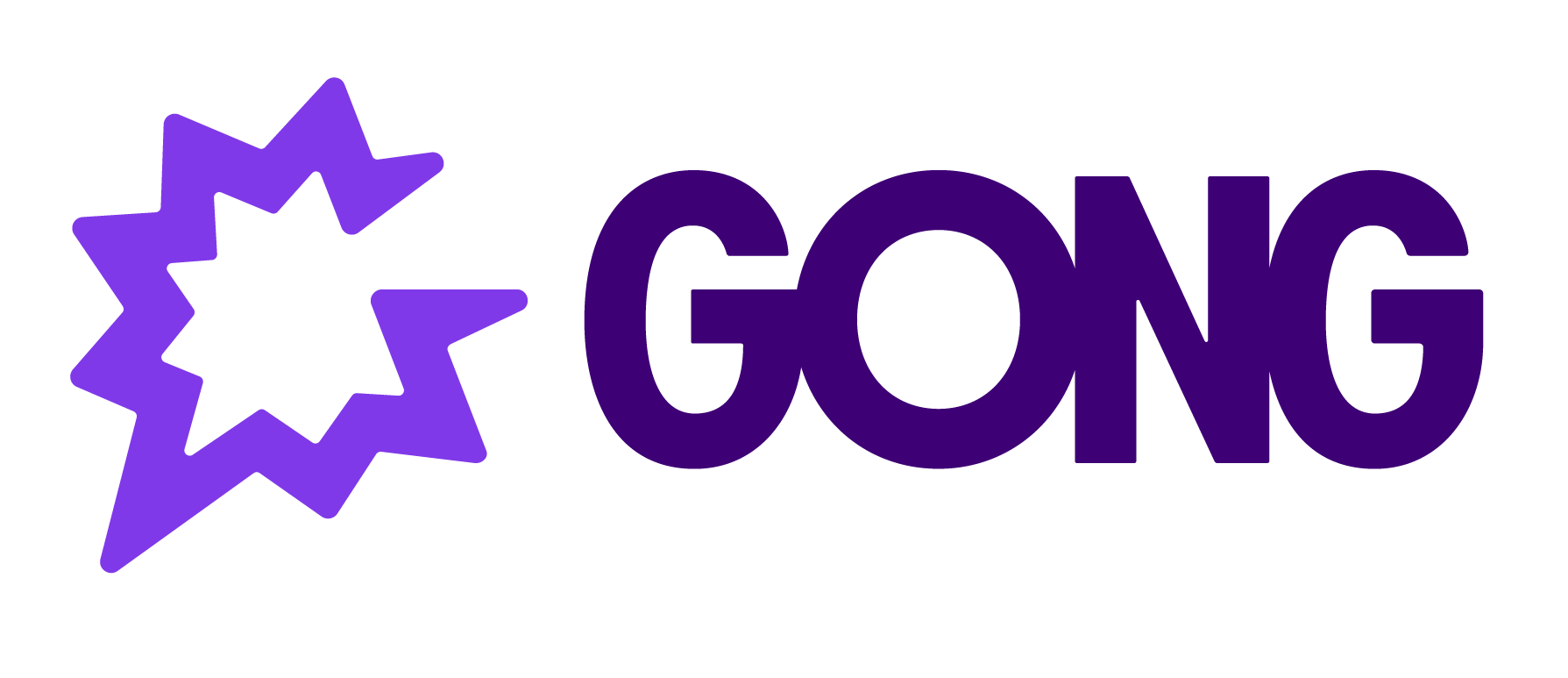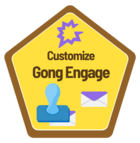Hello!
We just launched Gong and we are in month one at my company. We are working to build a leveling of adoption, kind of like badging to drive adoption. We are looking at using the metrics of calls recorded, spotlights viewed, and days logged in as the factors and then communicating that achieving these will get you a certain level of recognition in the first three months.
Level 1 - Early Adopter- Go(ng) Getter
- x amount of spotlights viewed
- x calls recorded
- x days logged in
Level 2- Core User - Gong Champion
- x amount of spotlights viewed
- x calls recorded
- x days logged in
Level 3 Power User - Gong Guru
- x amount of spotlights viewed
- x calls recorded
- x days logged in
Has anyone ran a program like this at launch before? Any learnings or tips from Gong on these metrics or levels?



